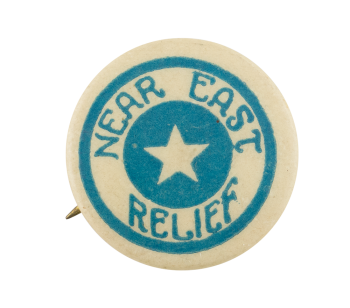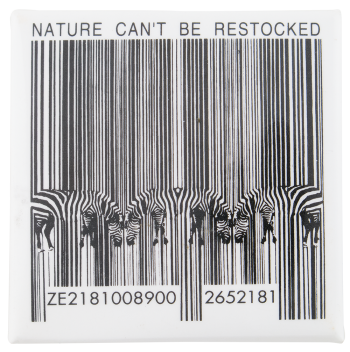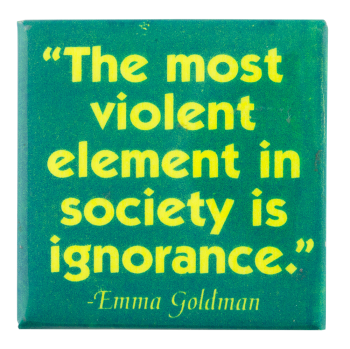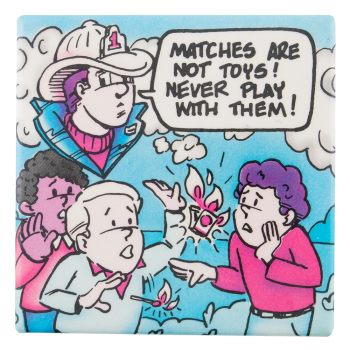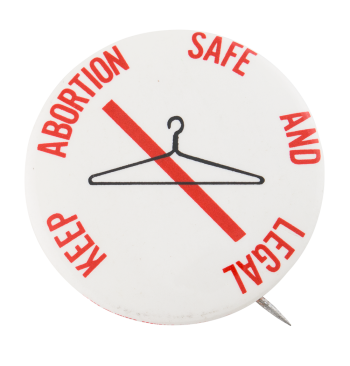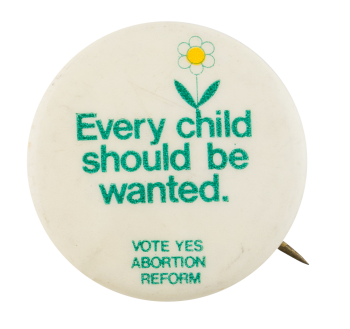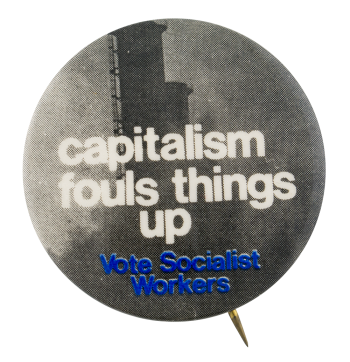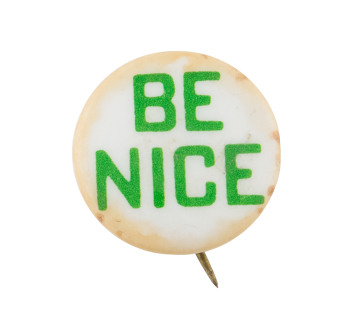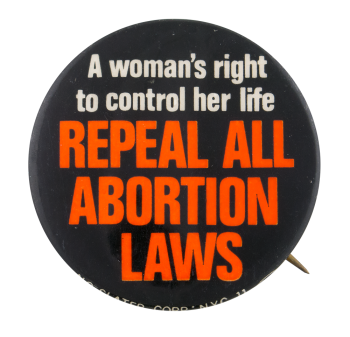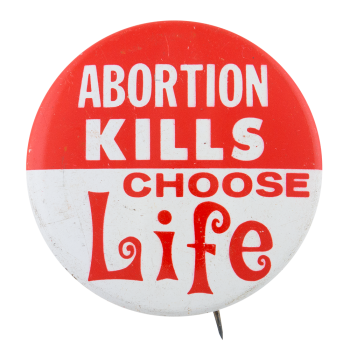Near East Relief
| Category | |
|---|---|
| Additional Images | |
| Sub Categories | |
| Text on Button | NEAR EAST RELIEF |
| Image Description | Illustration of a white star surrounded by light blue, then a band of white with blue text, a blue outer line, and a white outer edge |
| Back Style | |
| The Shape | |
| The Size | |
| Additional Information | The Near East Foundation is a New York based international social and economic foundation. Founded in 1915 as the Near East Relief, it was the second organization to be chartered by a congressional act. It organized the first modern large-scale humanitarian effort during the Armenian Genocide. Today, the Near East Foundation strives to build more sustainable and inclusive communities in the Middle East and Africa through education, community organization, and economic development. |
| Sources |
Near East Foundation. History- Timeline Highlights. (n.d.). Retrieved from http://www.neareast.org/who-we-are/. |
| Catalog ID | CA0309 |

